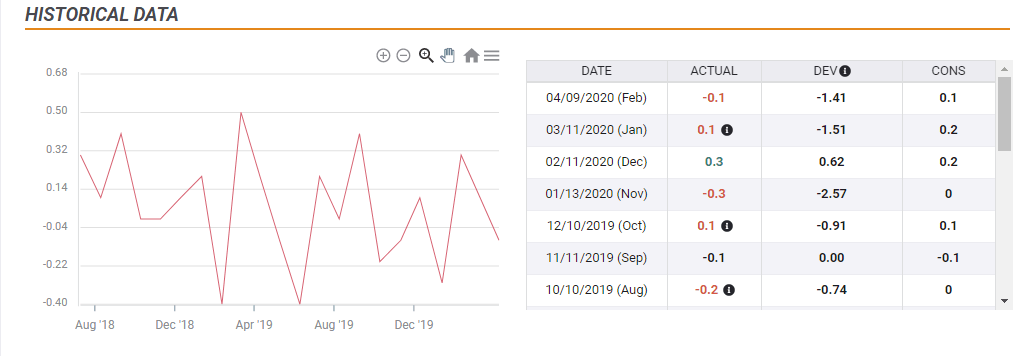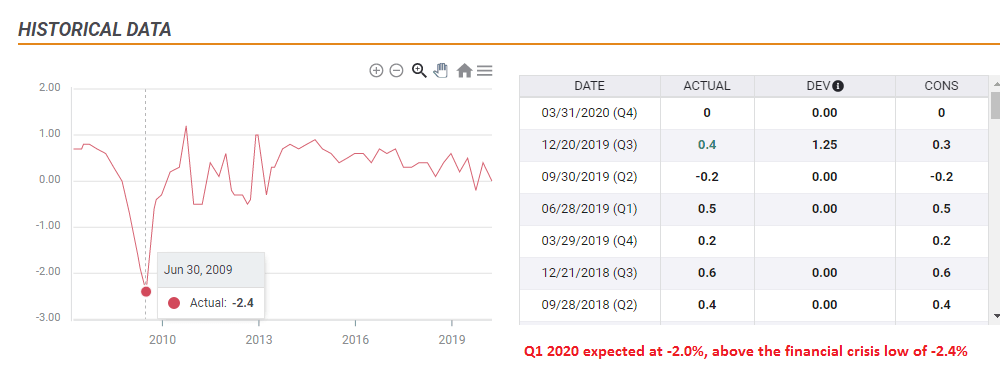- First-quarter growth figures for the UK are set to show the worst quarter since the financial crisis.
- Coronavirus probably had an impact before the lockdown.
- Surpassing the 2008-2009 crisis levels already in Q1 could add pressure to the pound.
- The March figure will likely serve as a benchmark for the next updates.
"I am asking you to stay at home," said Prime Minister Boris Johnson – only late on March 23, around a week before the first quarter ended. Is that worth a fall of 7% in output in March? Gross Domestic Product figures for both March and the full first quarter – which carries estimates of -2% – will provide initial answers and also serve as a benchmark going forward.
Monthly GDP chart. The worst drop on record was -0.40%. Expectations stand at -7%.
Economists base their Gross Domestic Product consensus on two assumptions. First, Brits probably hunkered down earlier in March, seeing what was going on in Italy and Spain. The government's initial lax approach was partially based on the notion that the public would be reluctant to cooperate with fewer liberties. Poll has since shown that among 14 nations, Brits are supportive of staying low for longer.
The second assumption is that the shuttering had a substantial impact, bringing the economy to a halt. The Office for Budget responsibility's scenario foresaw the UK economy crashing by 35% in the second quarter and nearly 13% in 2020. The Bank of England's "illustrative scenario" pointed to a fall of 14% in GDP during this year.
Pound reaction
The BOE has the most significant impact on the pound and will base its next decision on the lockdown situation in May and June, Nevertheless, the backward-looking data for the initial impact of the virus provides an estimate on how this shuttering influenced the economy moving forward.
Monthly GDP will set the stage for April's GDP figures, but these are due out only in a month. For the immediate reaction, the quarterly figure may prove a more significant mover, especially due to the headlines it creates. Projections stand at -2% while the worst of the financial crisis – the first quarter of 2009 – saw a fall of -2.4%.
Three GBP/USD scenarios
1) As expected: As the COVID-19 pandemic is an extraordinary event, a wide range of -1.6% to -2.4% can be considered within estimates. In this scenario, GBP/USD will likely trade choppily but remain within known ranges. Investors will return to focusing on lockdown-related topics.
2) Worse than expected: A quarterly contraction of -2.5% or worse would already trigger headlines screaming "worst than the crisis" alongside "this is only the beginning." Such depressing figures early on could send sterling tumbling down. It would also reset forecasts for Q2.
3) Better than expected: A slide of -1.5% or less may provide hope that the damage from the virus – while only at its beginning – could be more moderate than projected. In this case, the pound could advance.
Conclusion
First-quarter growth figures are set to provide initial insights into the coronavirus calamity and set future expectations. A drop of more than 2.5% in Britian's output will probably weigh on sterling, while other outcomes could be more poound-positive.
Information on these pages contains forward-looking statements that involve risks and uncertainties. Markets and instruments profiled on this page are for informational purposes only and should not in any way come across as a recommendation to buy or sell in these assets. You should do your own thorough research before making any investment decisions. FXStreet does not in any way guarantee that this information is free from mistakes, errors, or material misstatements. It also does not guarantee that this information is of a timely nature. Investing in Open Markets involves a great deal of risk, including the loss of all or a portion of your investment, as well as emotional distress. All risks, losses and costs associated with investing, including total loss of principal, are your responsibility. The views and opinions expressed in this article are those of the authors and do not necessarily reflect the official policy or position of FXStreet nor its advertisers. The author will not be held responsible for information that is found at the end of links posted on this page.
If not otherwise explicitly mentioned in the body of the article, at the time of writing, the author has no position in any stock mentioned in this article and no business relationship with any company mentioned. The author has not received compensation for writing this article, other than from FXStreet.
FXStreet and the author do not provide personalized recommendations. The author makes no representations as to the accuracy, completeness, or suitability of this information. FXStreet and the author will not be liable for any errors, omissions or any losses, injuries or damages arising from this information and its display or use. Errors and omissions excepted.
The author and FXStreet are not registered investment advisors and nothing in this article is intended to be investment advice.
Recommended Content
Editors’ Picks
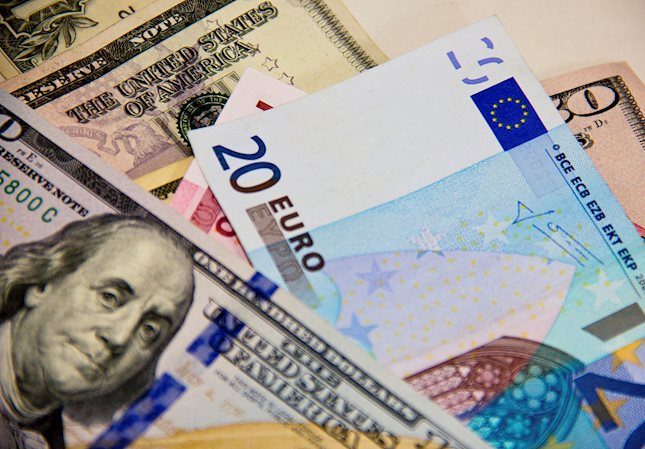
EUR/USD extends recovery beyond 1.0400 amid Wall Street's turnaround
EUR/USD extends its recovery beyond 1.0400, helped by the better performance of Wall Street and softer-than-anticipated United States PCE inflation. Profit-taking ahead of the winter holidays also takes its toll.
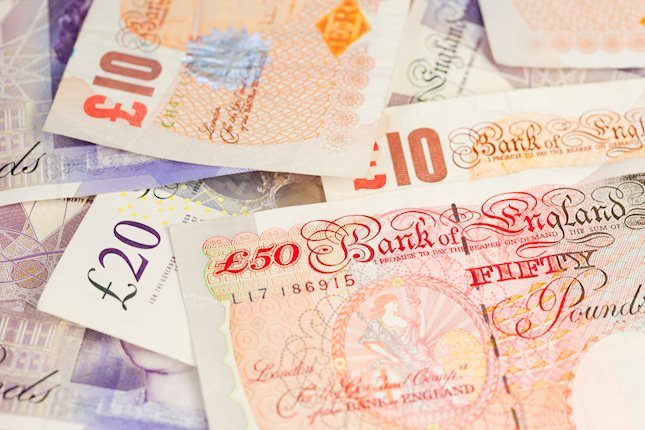
GBP/USD nears 1.2600 on renewed USD weakness
GBP/USD extends its rebound from multi-month lows and approaches 1.2600. The US Dollar stays on the back foot after softer-than-expected PCE inflation data, helping the pair edge higher. Nevertheless, GBP/USD remains on track to end the week in negative territory.

Gold rises above $2,620 as US yields edge lower
Gold extends its daily rebound and trades above $2,620 on Friday. The benchmark 10-year US Treasury bond yield declines toward 4.5% following the PCE inflation data for November, helping XAU/USD stretch higher in the American session.
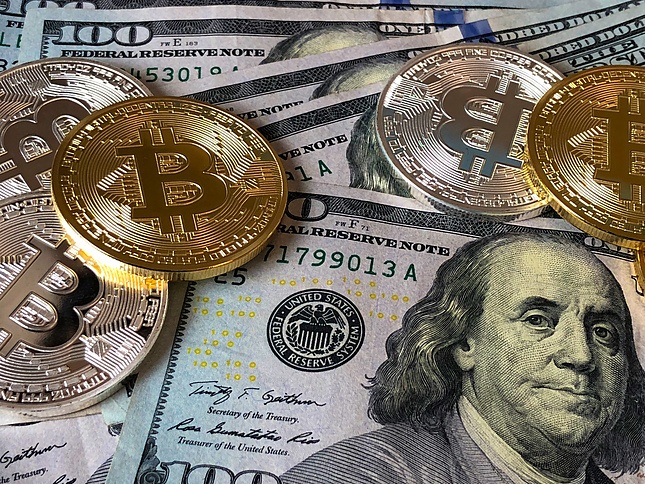
Bitcoin crashes to $96,000, altcoins bleed: Top trades for sidelined buyers
Bitcoin (BTC) slipped under the $100,000 milestone and touched the $96,000 level briefly on Friday, a sharp decline that has also hit hard prices of other altcoins and particularly meme coins.
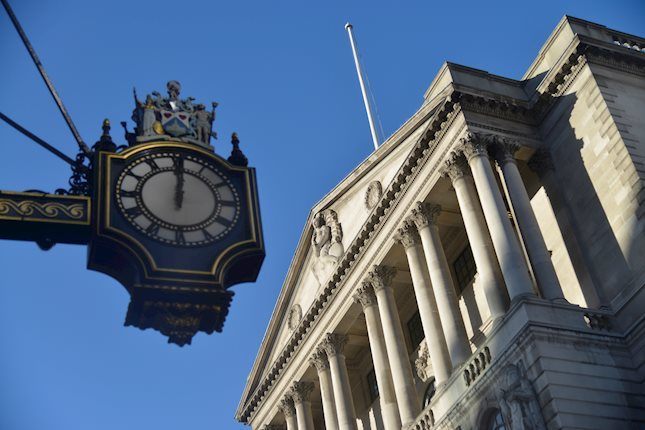
Bank of England stays on hold, but a dovish front is building
Bank of England rates were maintained at 4.75% today, in line with expectations. However, the 6-3 vote split sent a moderately dovish signal to markets, prompting some dovish repricing and a weaker pound. We remain more dovish than market pricing for 2025.

Best Forex Brokers with Low Spreads
VERIFIED Low spreads are crucial for reducing trading costs. Explore top Forex brokers offering competitive spreads and high leverage. Compare options for EUR/USD, GBP/USD, USD/JPY, and Gold.
